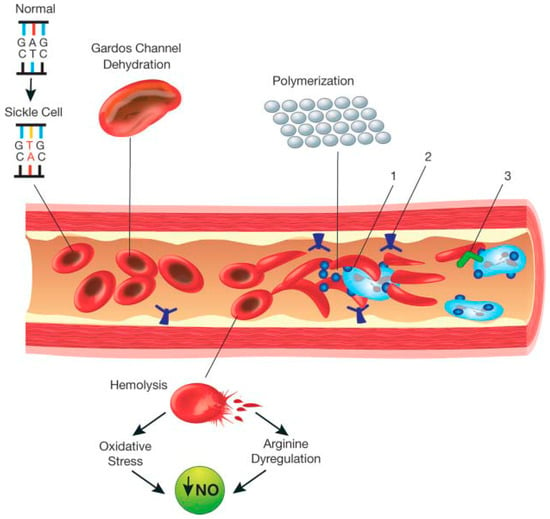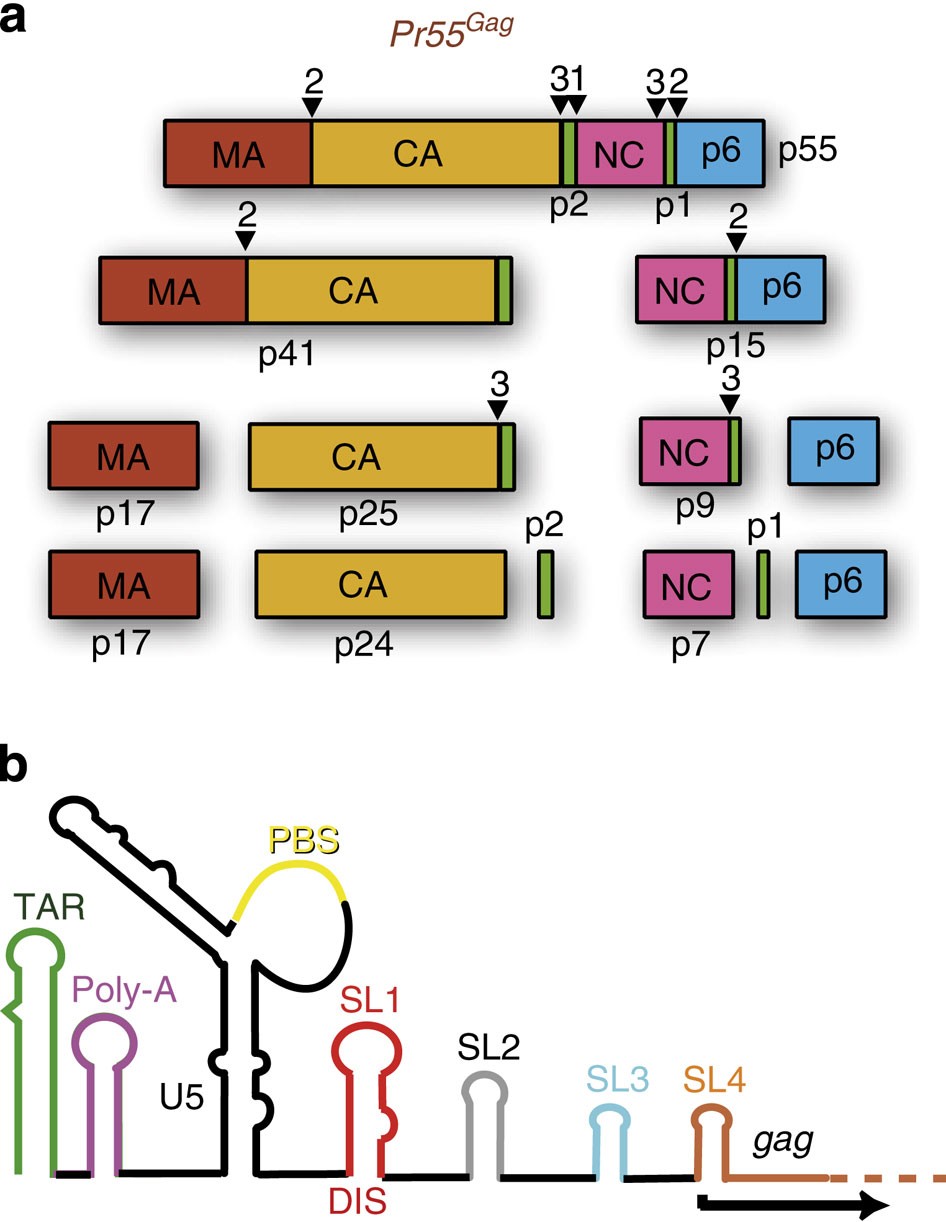Okay, so today I decided to mess around with “CTC GAG,” and let me tell you, it was a bit of a rollercoaster. Here is how all the process went.
Getting Started
First things first, I needed to actually get my hands on the necessary tools. I did some digging around.

I installed all the packages I needed, made sure everything was up to date. It’s kinda like making sure you have all your ingredients before you start cooking, you know?
Diving In
With everything set up, I started playing with some basic examples. The initial steps were a bit confusing, honestly. I spent a good chunk of time just trying to figure out the basic syntax and how the different parts fit together.
The “Aha!” Moment
After a bit of trial and error (and a few frustrated sighs), I finally started to get the hang of it. I managed to get a simple model working, and it was pretty cool to see it actually do something. It wasn’t perfect, but it was a start!
Hitting a Wall
Of course, it wasn’t all smooth sailing. I ran into a problem where the model just wasn’t performing as well as I’d hoped. I spent ages trying to figure out what was going wrong. I tweaked parameters, checked my data, and even went back to the documentation a few times.
Breakthrough!
Finally, I figured out the issue! It turned out to be a small setting I’d overlooked. Once I fixed that, things started to look much better. The accuracy improved, and I was feeling pretty good about myself.
Wrapping Up
So, after a day of tinkering, I managed to get a decent model up and running. It’s not perfect, and there’s definitely more I could do to improve it, but I’m happy with the progress I made. I learned a lot, and I’m excited to see what else I can do with this in the future.

It was a fun, sometimes frustrating, but ultimately rewarding experience. Classic coding, right?